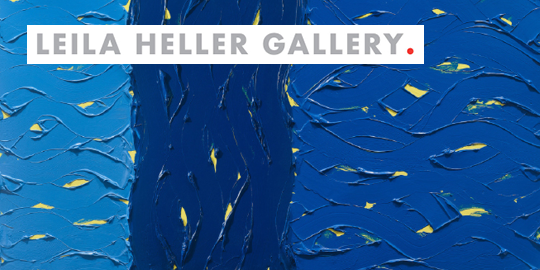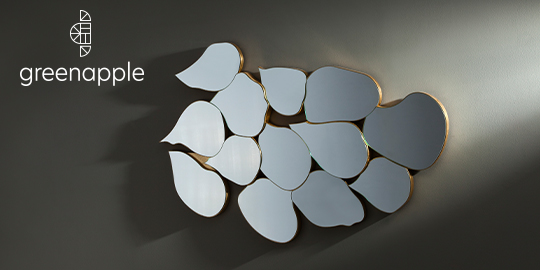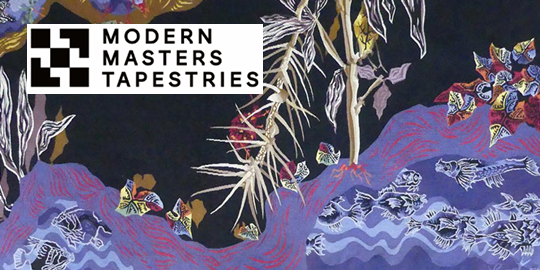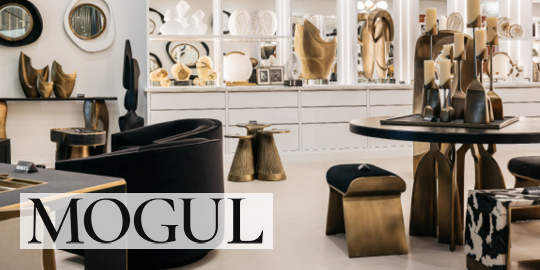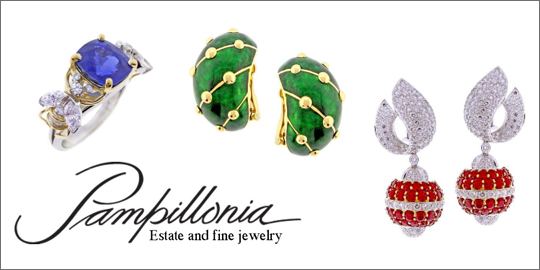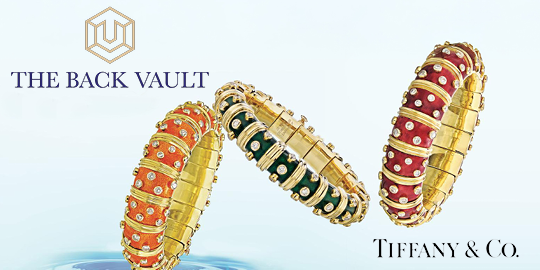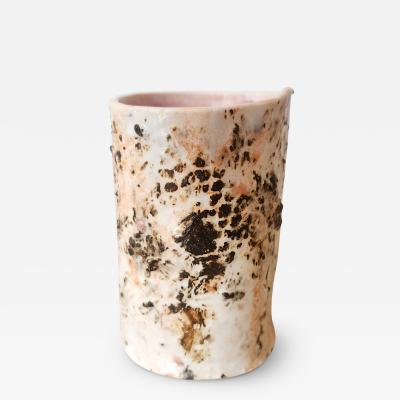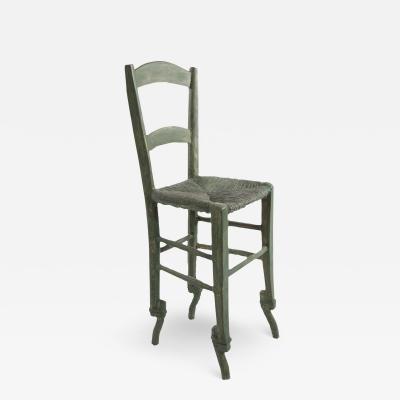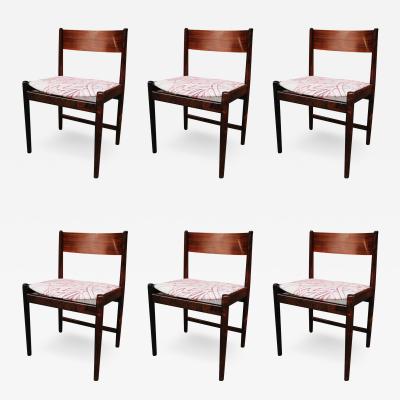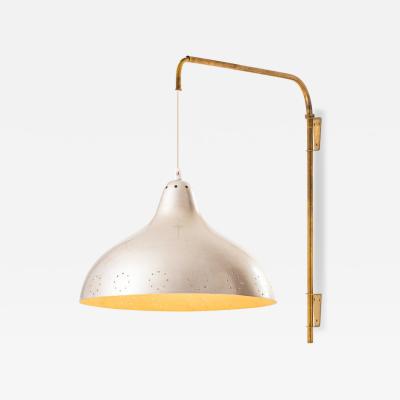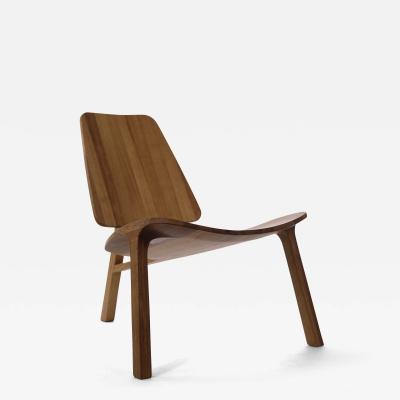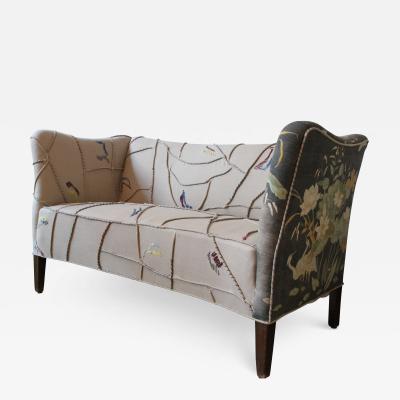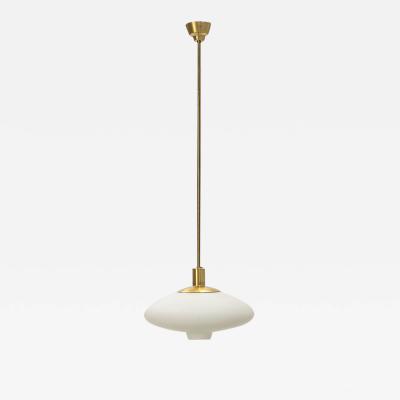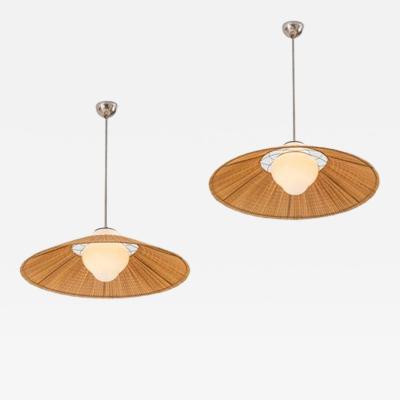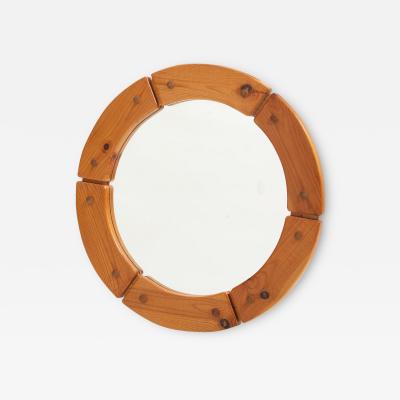Swedish Grace pendant Lamp from 1930 by Knut Hallgren for Chr. Bergh. Incredibly romantic, with twisted silk rope and incredible brasswork details. Cut antique sepia colored glass globe gives an amazing glow when illuminated. One medium base bulb.
This is so lovely!
8" globe diameter, overall 33" H x 11" D
Swedish Grace was a brief yet remarkable design movement in 1920s Sweden, blending neoclassicism and Art Déco with distinctly Swedish elements. Coined by British journalist Philip Morton Shand, the term describes the era’s elegant, handcrafted furniture, lighting, and decorative arts. The movement gained international acclaim at the 1925 Paris Exposition where Sweden's pavilion won numerous awards. Subsequent exhibitions at MoMA in New York (1927) and Barcelona (1929) solidified its reputation. Although soon eclipsed by modernism and functionalism, Swedish Grace remains highly valued today among collectors.
Knut Hallgren (1893–1973) was a Swedish painter, draftsman, and craftsman from Grums. He studied art in Stockholm and worked as a decorator at a porcelain painting factory in Lidköping. His work included church lighting fixtures, paintings, tin and wallpaper design, and advertising art. He exhibited at several venues, including Liljevalchs in Stockholm, and created public decorations. His art is represented in King Gustav VI Adolf’s collection and the museum in Karlstad.


